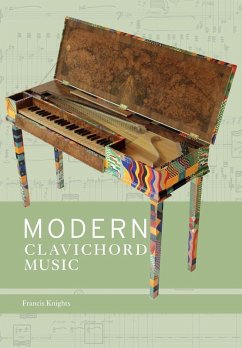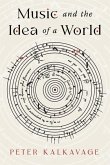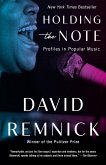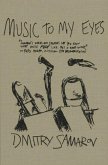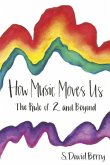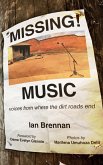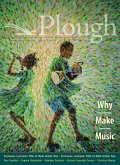The clavichord seemed an ideal antidote to all this modernity, and its repertoire - from the exuberance of the virginalists to the elegance of the classical style - a return to an ordered musical civilization. The very idea of using it as a tool for contemporary music is therefore surprising in some ways, so the gentleness of the modernity exemplified by Herbert Howells' seminal post-Tudor set Lambert's Clavichord of 1928 was probably critical to some of the success of what followed. As Richard Terry wrote in a review of that volume, 'Sooner or later it was bound to come that some modern English composer would set himself or herself to write music for these resuscitated instruments of the past. The danger would have been considerable, had the first attempts been more imitations of the old idiom'. Compositions for the clavichord in the early 20th century depended on the availability of both working instruments and interested performers, and the narrative of the clavichord revival (Chapter 2) and its performers (Chapter 3), and the means by which these elements came together (Chapter 4), takes the view that musical serendipity had a important part to play. How many clavichords existed, where they were located, what was played on them, and by whom, is less important than the circumstances in which an individual composer might hear a concert or broadcast that stimulated an idea for a work, happened across an instrument or maker, wrote for a clavichord they owned themselves, or met a performer looking (or not) for new repertoire. This is partly because the normal compositional outcomes for (say) the equivalent harpsichord repertoire - a public recital, a recording or a publication - do not apply to the clavichord in the same way. Nor was there a repertoire - such as the major 20th century harpsichord concertos - to follow as a model, and thus contribute to a known tradition. Nevertheless, the clavichord offered novelty of sound, and some unique characteristics such as bebung (finger vibrato), thus new compositions attracted adventurous performers looking for more dissonant and exciting repertoire; as with the harpsichord, some contemporary music specialists emerged, while others commissioned or performed new works occasionally. The development of the modern clavichord repertoire is explored in Chapter 5, taking first Britain - whose particular musical and stylistic characteristics owe much to the instrument makers there and to neoclassical and pastoral traditions - then the US, and Europe. While some recent Calls for Scores have brought in interesting new composers from further afield, including Latin America, Eastern Europe and Asia, the performing tradition for new clavichord repertoire is still mainly focused on the US and Britain - for now. By way of encouragement, practical advice is offered for composers (Chapter 6) and for performers (Chapter 7) - it is clear that personal relationships between the two parties have much to do with the successful creation of new repertoire, and it is important for both sides to understand each other. The detailed Catalogue is supported by a Select Discography and an extensive Bibliography. Referencing throughout has been thorough, as (for example) three key documentary sources, the De Clavicordo Magnano conference proceedings, the journal Clavichord International and the British Clavichord Society Newsletter, are available only in print form, and not widely available, the proceedings series having ended and the other two periodicals ceased publication.
Hinweis: Dieser Artikel kann nur an eine deutsche Lieferadresse ausgeliefert werden.
Hinweis: Dieser Artikel kann nur an eine deutsche Lieferadresse ausgeliefert werden.

